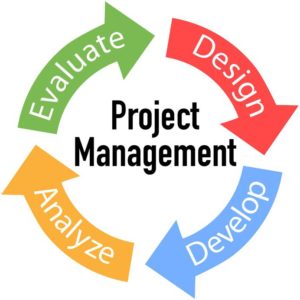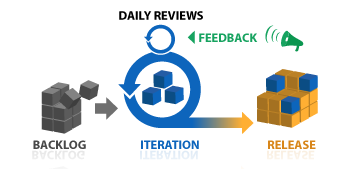 In 2008 it all suddenly started mysteriously with the emergence of the whitepaper, that was an unknown entity called Satoshi Nakamoto. This proposed a new peer to peer financial system that was based on Bitcoin (digital cryptocurrency).
In 2008 it all suddenly started mysteriously with the emergence of the whitepaper, that was an unknown entity called Satoshi Nakamoto. This proposed a new peer to peer financial system that was based on Bitcoin (digital cryptocurrency).
The technology which underlying the Bitcoin system is called Blockchain. But the question arises that what is Bitcoin? Probably it is a bit familiar to everyone as we have heard about it from media or somewhere else. So in simple words, the Blockchain is the public data register that is shared or distributed between hundreds and thousands of systems all over the world and all of them are linked together. In other words, we can say that it is registered that is continuously updated about “who holds what” a database of the transaction occurs on the linked network. It is not controlled by a single entity so we can call it a worldwide computer. Blockchain created the backbone of a new type of internet, it allows to distribute digital information but it is not allowed to be copied. According to Don and Alex Tapscott, Author bitcoin Revolution says that Blockchain is an incorruptible digital ledger of transaction that is programmed in such a way that it not only stores the financial traction but also something that has some value.
There is multiple application of this technology in different fields. In the Internet of Things, the blockchain technology has a huge impact. When millions of systems are connected to the security of information and the identity of the system becomes an important issue. So in such cases, the blockchain can become a solution to manage such a large amount of data security and also protecting the ownership and privacy of the data. Smart contracts automatically execute the predefined actions when a specific situation occurs. The main purpose of smart contracts is to provide a high-level security as compared tradition techniques of contracts. It improves the speed of execution and lowers the transaction cost. It is important because it provides the immutable environment, it means that nothing can be modified. As all the blocks are linked so there is no way that the information from the previous block can be altered without changing information in later blocks. Blockchain can be valuable in any situation where keeping a secure and transparent record is important. Many businesses prefer to use Blockchain as there are many genuine reasons to use it. Transparency is a positive attribute that why people prefer to use Blockchain in their businesses. The full transparencies in the network make it most likable technology. There are threats to the information stored in the system as there is nothing secured in the technology world but blockchain promise its users to provide robust security. All traditional financial transactions models are expensive to maintain but the blockchain network is inexpensive. The Blockchain helps to prevent all online scams. People who are involved in the blockchain technology always talk about how to prevent scams. It also saves times as a person can send or receive money or any other financial document securely in a minute.












